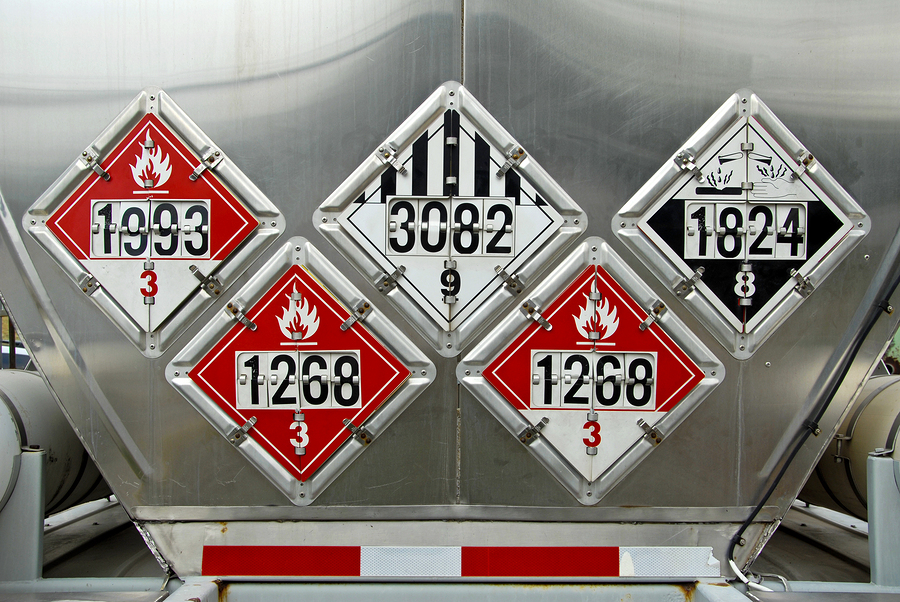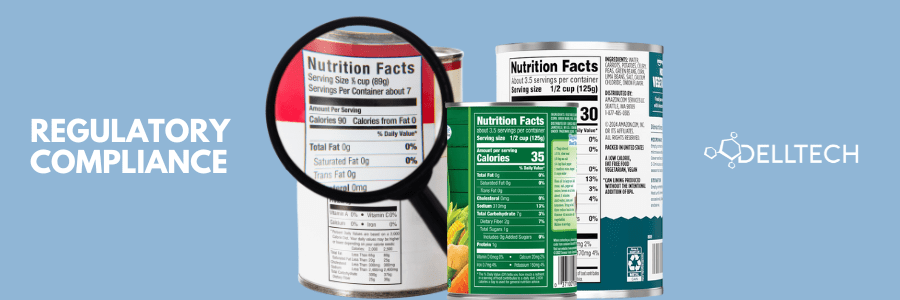Exactly two years ago, on this day, significant amendments were made to the Transportation of Dangerous Goods Regulations Part 2. One notable change mandates that a Consignor of Dangerous Goods must retain proof of classification documents for a duration of five years post-shipment.
What constitutes proof of classification, you might ask? It encompasses various forms, including test reports, lab reports, or any documentation noting the classification of the dangerous goods. These documents are required to include crucial details such as the date of classification, the technical name of the dangerous goods, the classification itself, and the method employed for classification under TDGR Part 2 of Chapter 2 of the UN TDG recommendations.
Enter OECD 435/Corrositex®—a revolutionary method offering a blend of efficiency, cost-effectiveness, and ethical considerations. This method serves as a swift, economical, and cruelty-free means to verify Transportation Class, Packing Group, and GHS Hazard Category for potentially corrosive materials.
Stay compliant and ensure the safe transportation of dangerous goods with OECD 435/Corrositex®, your trusted solution in navigating the intricacies of classification regulations.
Dell Tech has provided professional, confidential consulting services to the specialty chemical
industry in Canada, the USA, Europe, and Asia for the last 40 years.
[INSERT_ELEMENTOR id=5705]





